Another in my ongoing posts from Israel:
After we left the Tel Saki Battle Memorial on Monday, we continued north, to the Quneitra Crossing, the only active border crossing between Syria and Israel, manned by U.N. forces. Several weeks ago Syrian rebels briefly seized the area on the Syrian side, and there still is fighting in the area.
Here is the view of the crossing from the recently opened Israeli Avital Volcanic Park. There was smoke rising in the distance, but it was hard to capture because of the lighting conditions:
We then headed to the nearby Golan Heights Wind Farm, which had a better view of the smoke rising from the area:
We then drove up to the Cafe Anan restaurant atop Mount Benatal, run by Merom Golan kibbutz. The name in Hebrew means coffee in the clouds, but also is a play on Kofi Annan, former Secretary General of the U.N.
That spot received notoriety recently when BBC Watch, run by our Golan “guide” Hadar Sela, pointed out how the BBC erroneously called the spot an Israeli “army position” (which it changed after Hadar’s post). These were the only army soldiers we saw up there:
We then headed to the so-called Valley of Tears, where one of the major tank battles of the 1973 Yom Kippur War was fought. It’s hard to find on a satellite map, but this geolocation (also here) seems to be right:
The Heights of Courage (available for free online) by Avigdor Kahalani tells the story of the battle from the view of a participant. The battle also is the focus of the Prologue to Tom Clancy’s The Sum of All Fears:
At the end of this day the troopers of the Barak and the 7th heard over their unit radio nets a message from Israeli Defense Forces High Command.
YOU HAVE SAVED THE PEOPLE OF ISRAEL.
And so they had. Yet outside Israel, except for schools in which men learn the profession of arms, this epic battle is strangely unremembered. As in the Six Day War of 1967, the more freewheeling operations in the Sinai were the ones that attracted the excitement and admiration of the world: bridging the Suez, the Battle of the ‘Chinese’ Farm, the encirclement of the Egyptian 3rd Army – this despite the fearful implications of the Golan fighting, which was far closer to home. Still, the survivors of those two brigades knew what they had done, and their officers could revel in the knowledge that among professional soldiers who know the measure of skill and courage that such a stand entails, their Battle for the Heights would be remembered with Thermopylae, Bastogne and Gloucester Hill.
This video explains the overall battle, including interviews with Kahalani :
Original video is hard to come by. This video, narrated only in Hebrew, appears to show an aerial view of the battlefield strewn with destroyed Syrian tanks and APCs:
And the capture of a Syrian soldier pulled from a tank:
As with all such battlefields, the setting is eerily serene decades later:
From there, north to Metula, the Lebanese border, and the “fake” Hezbollah village. For the next post.
The full series of posts from my trip to Israel:
- Metula and the fake Hezbollah village
- On the Golan Heights – The Valley of Tears
- On the Golan Heights – The Battle of Tel Saki
- On the road to Golan
- And then there were none (of the pre-Oslo Arab killers of Israelis left in prison)
- To Samaria and back
- A stone’s throw away from trouble in Jerusalem
- What explains Americans’ strong support for Israel?
- Trying to explain the Tea Party in Israel
- This Night In Jerusalem
- Good morning, Tel Aviv
Donations tax deductible
to the full extent allowed by law.

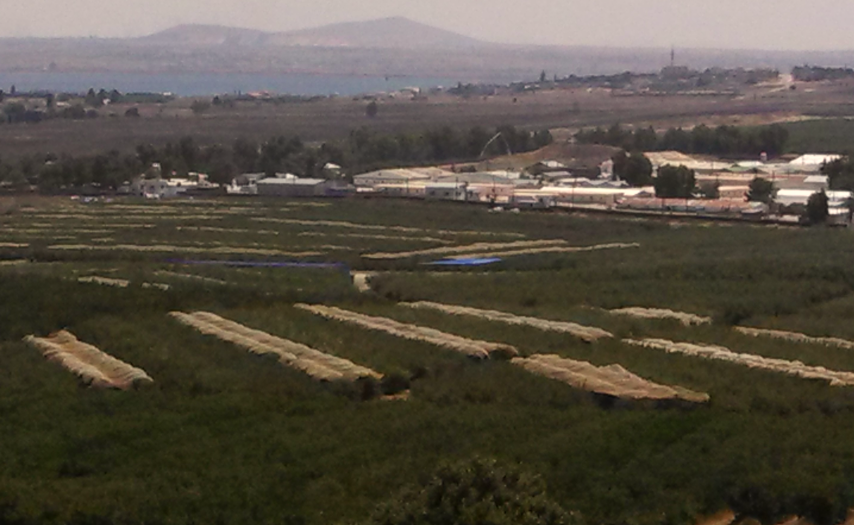
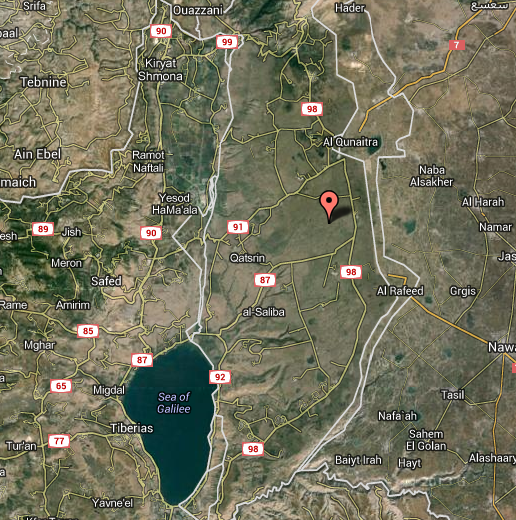
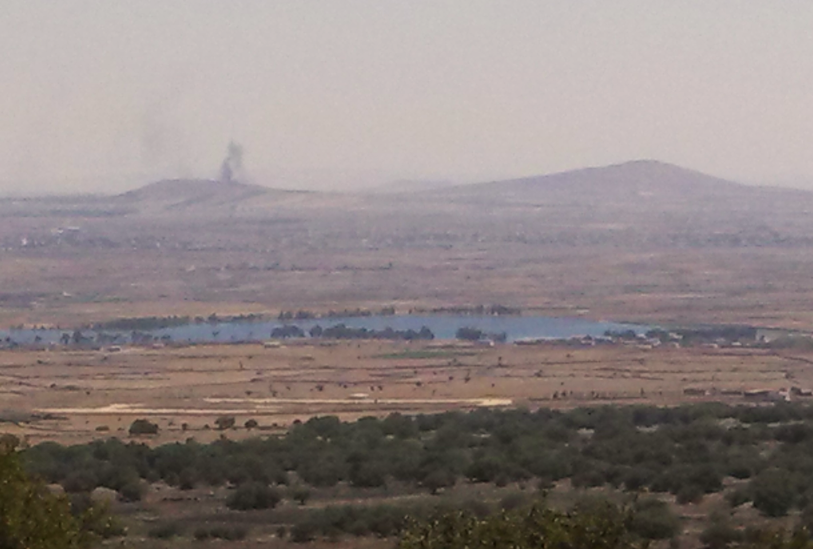
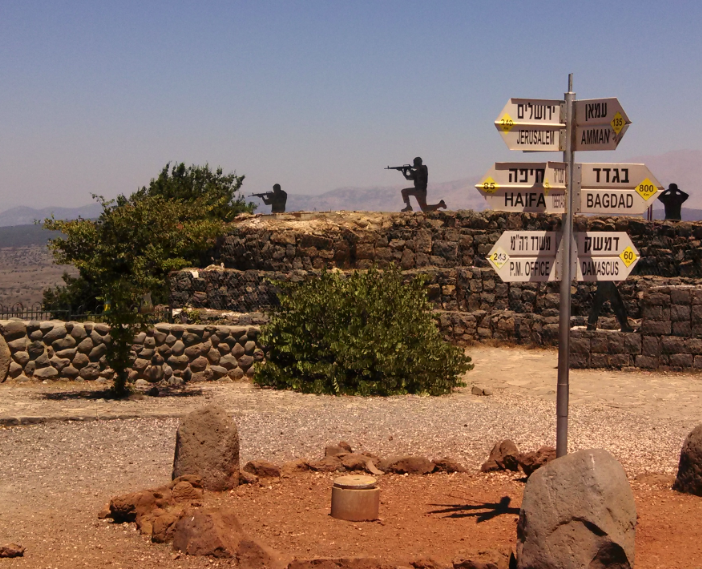
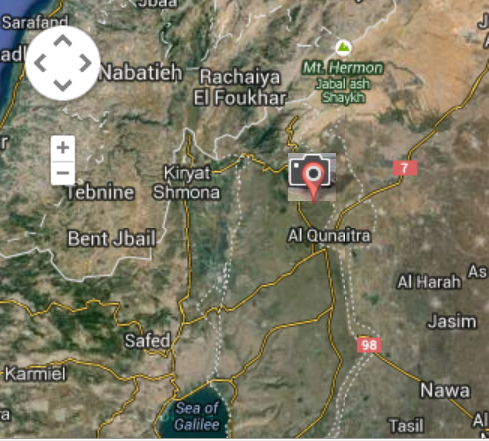
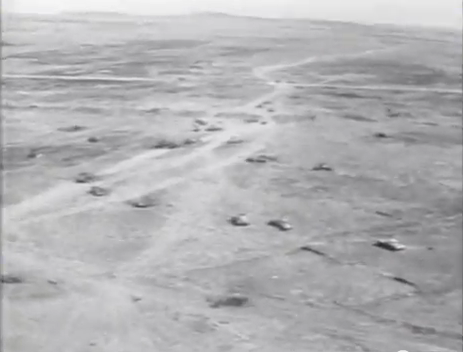
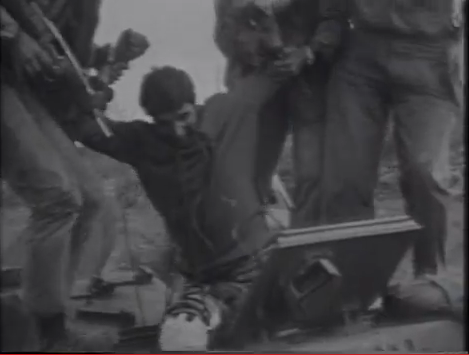
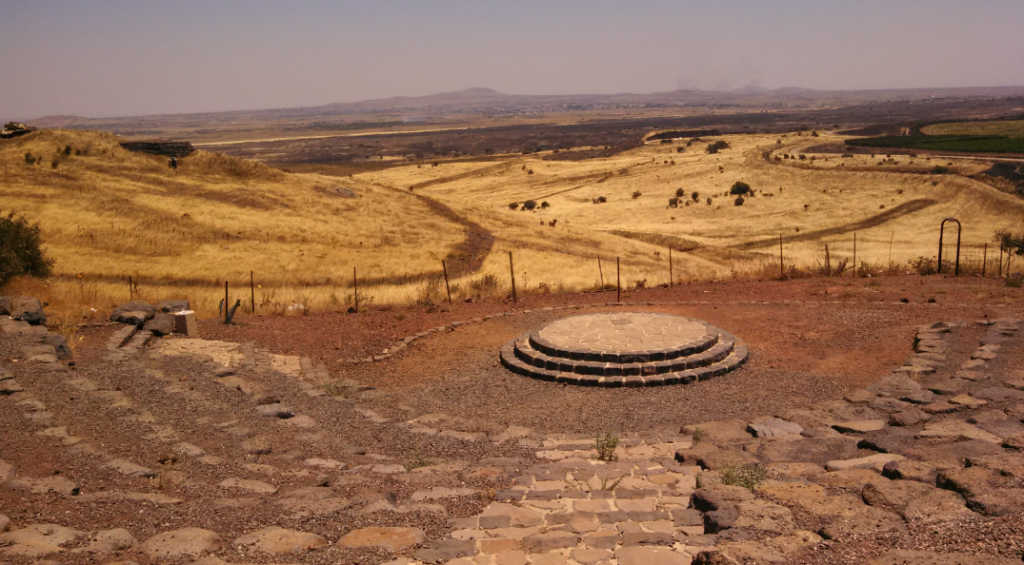
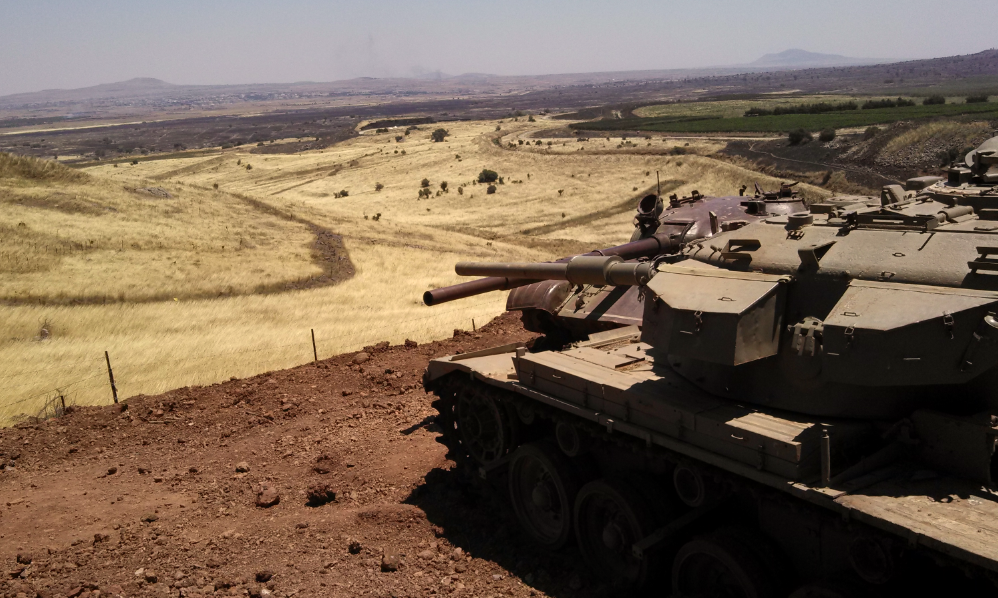
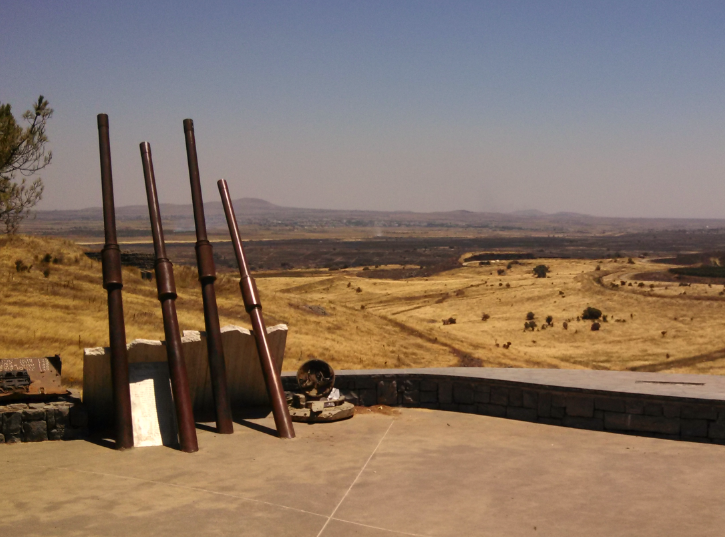
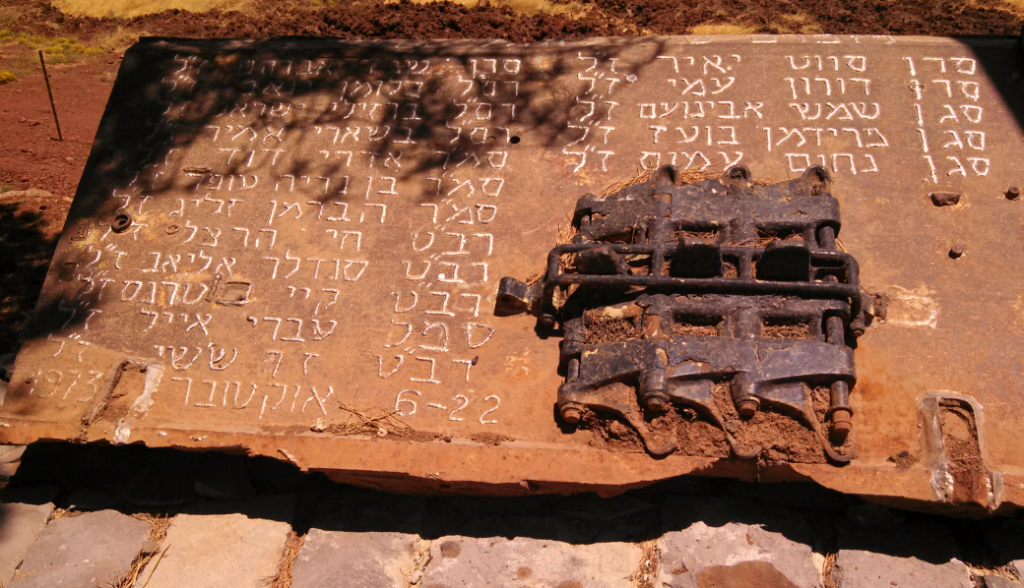







Comments
I am riveted by this battlefield tour and the historical footage you’re providing. Thank you! Although I’ve read accounts of these battles, the personal stories of the videos bring it all home.
At Amazon: Duel For The Golan: 100 Hr Battle That Saved Israel. $5. Hardcover.
If you go to Amazon you can read the reviews. This is a textbook used at West Point, I think. And, yes. A very hard-fought battle.
Israel had actually built a fantastic military/listening post at the top of the Golan. And, when it was overrun by the syrians, the russians went in and stole all the equipment so they could study it.
And, yes. Years ago I remember reading about Force T’zivka. One man whose tank was not shot out from under him. I’m so surprised this story hasn’t come to the fore, here.
Also unspoken was Golda Meir’s hatred for Arik Sharon. How how the inept central headquarters was operating. You know Gonen was eventually severed for the IDF. I believe Sharon went to visit him, when he was down in Africa searching for diamonds.
I think Golda Meir allowed Bar Lev and Gonen to run the IDF as if it was a candy store. And, even if you don’t believe me, the day after the Yom Kippur War ended (October 23, or 24, in 1973) a disgusted General Ashkenazi (no relation to Gabi), stood outside the Knesset. On the Jerusalem road. Facing her office. Holding the sign that read:
3000 OF YOUR CHILDREN ARE DEAD. RESIGN!
Within days the crowds surged to the thousands. Golda resigned. Moshe Dayan resigned. And, both Bar-Lev and Gonen were stripped.
Watching Kahalani’s video above, I was surprised not to hear anything about “Force T’Zivka.”
When it comes to military matters, Israel’s leadership in battles (including Navy, and Air), are textbook reads these days.
Just go to Amazon, and look.
The Boats of Cherbourg (Bluejacket Books) by Abraham Rabinovich
Here, Israel had paid the french for “small missile boats.” De Gaulle stopped their delivery. So “one Christmas night” the Israelis boarded the seven vessels, secured in the Cherbourg port” … and ran off with them.
Sounds easy, huh? But there were gail force winds at sea. And, the Americans joined the hunt of looking for these ships. How did they make it to Israel? You choose. Because it could have been a miracle. With refueling at sea. And, outfoxing the hunters who wanted to destroy these ships.
An amazing country showing amazing courage in the face of terrible dangers.
Thanks for the recommendations, CH.
http://www.jpost.com/Magazine/Escape-from-Cherbourg
Well, professor, there you are in the heart of history and homeland while back here we watching a cat fight in the news that would be worthy of a Jersey Shore episode.
I recommend you stay there for a while. Nothing’s going on here that will make you any wiser or smarter.
Thank CH also.
It is interesting to think that the 67 & 73 wars are so much closer to WW2 in history than to today.
As to being little known – most of the big battles of WW2 are unknown because there were no Americans. Join the along list Israel & Hollywood is not about to bring them to the big screen any time soon.
In all reality these pics are more than we are getting from rebel propaganda sources. In the age of Instagram we know so little of what is happening over there.
Visited the Valley of Tears memorial in 2005 with an IDF group. We were met by Avigdor Kahalani, who gave us a detailed account of the battle. Word quickly got around the site that the tank commander hero “who saved Israel” was there, Israelis streamed over to shake his hand and say “thank you.” He graciously posed for pictures with our group as well with the several UN observers stationed there or nearby, who clearly held him in awe. It was a moving experience, to say the least.